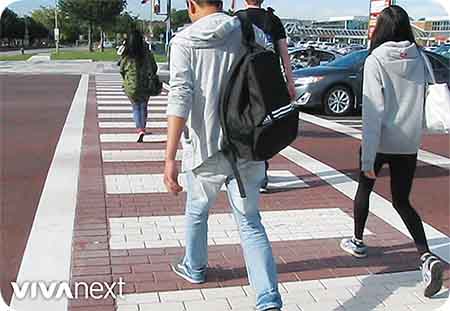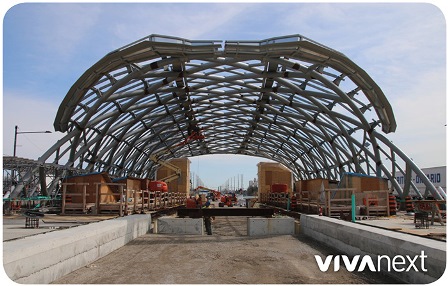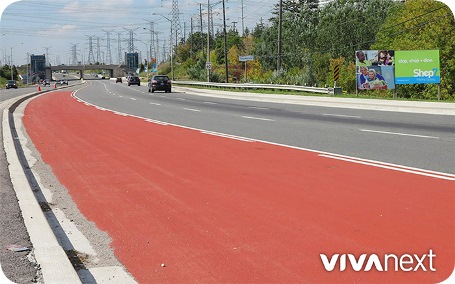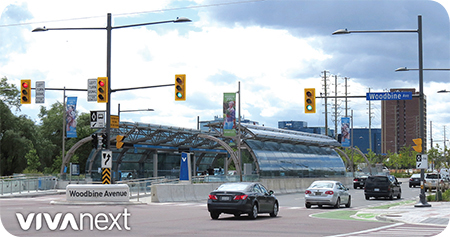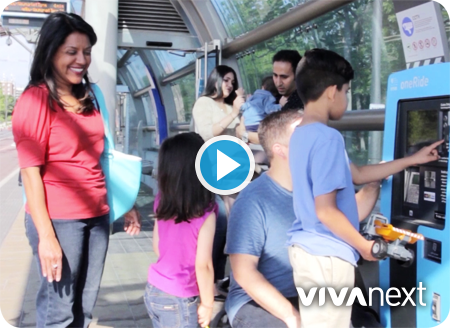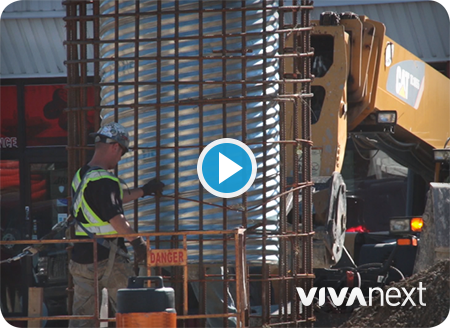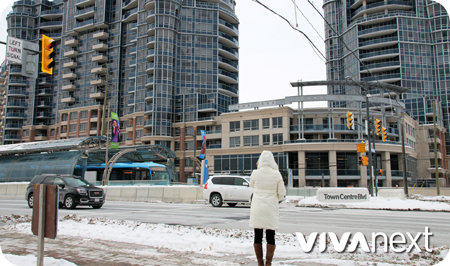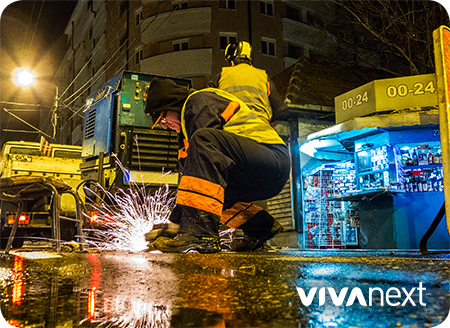When you’re talking about private property, chances are you’re picturing someone’s home or business, or maybe a piece of land with a fence around it. But did you realize that every square inch of York Region, as in every other jurisdiction in Canada, is actually owned by someone?
Typically, for projects like vivaNext, when work will be taking place on or near private property, we work with a range of property owners, whether it’s a private individual’s home or business or a different level of government. Here’s how it works:
During the earliest design phases, we map out the proposed design for the future roadway or facility, working with existing information about property ownership. For the most part, rapidways and facilities are intentionally designed to fit within property that is already owned by the future operators of our projects – for example, the Region of York or one of our local municipalities.
As the design process gets more detailed, we analyze how the proposed alignment will fit with the properties along the roadway. We also identify any impacts the project will have on each.
In some cases, such as where the road is being widened, the recommended design may show that we might need to encroach onto private property. Sometimes we may only need access onto private property during construction, and sometimes it’s permanent.
With the final design established, and depending on the nature and duration of the property impact for each property, we then follow a series of established procedures to come to an agreement with the owner.
The agreement will include clarification of how our work will affect their property, how long we’ll need access if it’s only temporary, and compensation if we’re acquiring some part of their property.
The options and arrangements will vary depending on the kind of property and what impact our project will have on it; for example, installing a rapidway across a bridge over a 400-series provincial highway will involve different issues and potential strategies with the property’s owner or representative. In this case, it’s the Ministry of Transportation on behalf of the Province of Ontario.
In all cases though, the process of working with property owners to work out access is a complex part of the design and pre-construction work, and involves many different team members including York Region Property Services, Legal Services, York Region Transit, our design builders as well as our project team.
But no matter who the owner is, being respectful of the rights of all our property-owning neighbours is a top priority for our project with dedicated staff like the Community Liaisons to help answer questions in the field.


